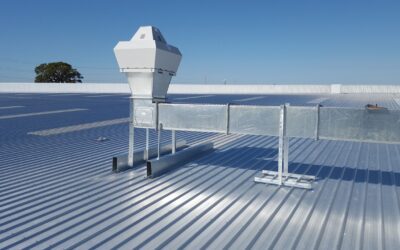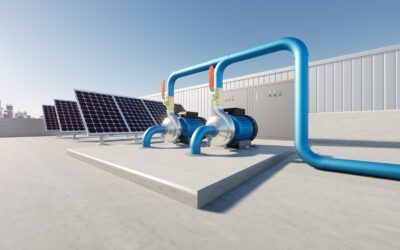Introduction to Oceanside HVAC & Medical Gas Oceanside HVAC & Medical Gas has established itself as a leading provider of HVAC and medical gas services in Tauranga, New Zealand, catering to the diverse needs of residential, commercial, and industrial clients....
Category
Energy Efficiency
Guide to Understanding HVAC Systems
Understanding HVAC (Heating, Ventilation and Air Conditioning) Systems What is HVAC? HVAC stands for Heating, Ventilation, and Air Conditioning. It refers to the systems and technology used to control the internal environment of a building or space. The goal of HVAC...
Synergies: Solar Power & Ducted AC – A Perfect Pair
Why do a solar power system and a ducted air conditioning system complement each other Introduction: The integration of solar power systems and ducted air conditioning brings forth a multitude of benefits. By harnessing solar energy to power your air conditioning...
Electric Vehicle (EV) Chargers: Types, Speeds, and Benefits
Introduction The growth of electric vehicles (EVs) in recent years has increased the demand for electric vehicle charging stations. With the increasing number of electric vehicles on the road, EV charging stations have become essential for electric vehicle owners. EV...






